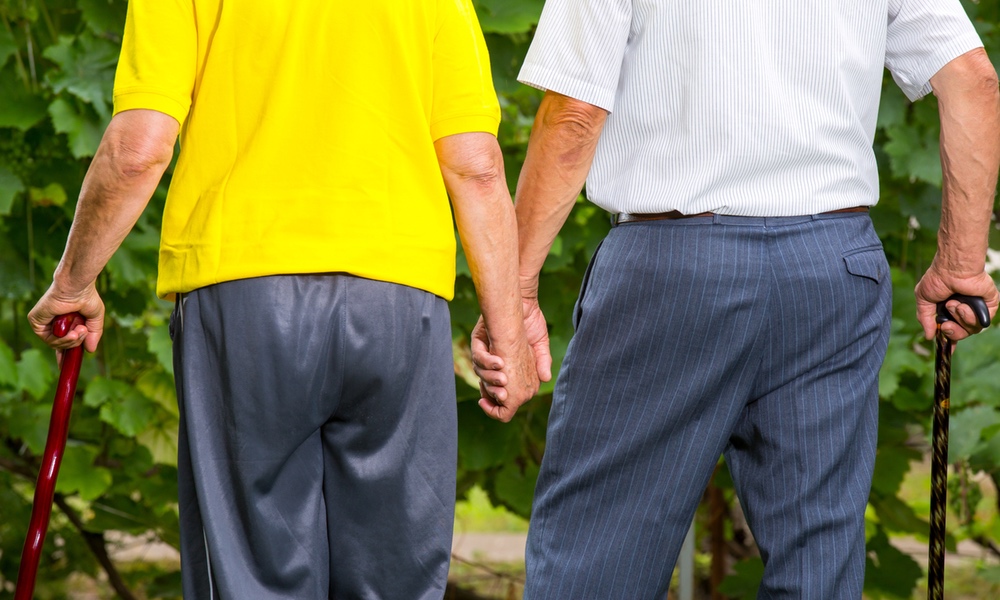Adults are encouraged to get about 150 minutes per week of moderate-intensity exercise, according to the American Heart Association’s recommended guidelines.
Meeting those fitness guidelines is not hard to do. Even a brisk, 20-minute walk every day can improve people’s cardiovascular health.
But not everyone has equal access to exercise. Older adults, women, people of color, people with disabilities or depression, and those living in socioeconomically disadvantaged or rural areas may find it difficult to get in their 150 minutes of activity a week despite being at risk for cardiovascular disease.
To reduce these disparities in cardiovascular health and increase activity levels in at-risk populations, a recently released a scientific statement by the American Heart Association recommends prioritizing the development of safe, affordable places for exercise. “Addressing low levels of physical activity in often under-resourced groups [has] the potential to improve equity in cardiovascular health,” Gerald Jerome, the volunteer chair of the statement-writing committee, told TheDoctor.The goal is to come up with safe, sustainable, culturally-appropriate solutions that take into account the challenges residents face.
Collaboration within communities is likely to be especially useful: Teams might work with different organizations to develop bike paths, install or improve lighting, create park areas or collaborate with local community centers to improve infrastructure in ways that encourage physical activity.
The goal is to find sustainable, culturally-appropriate solutions that take into account the challenges residents face. “When looking to develop a program in your area, it is important to hear residents' concerns to ensure everyone is working together towards a solution,” Jerome, a professor of kinesiology at Towson University in Maryland, said.
Sometimes, simple changes are all that are needed. For example, people can opt to take the stairs or park a little farther from the entrance to a store or other building.
Much remains to be done. “More research funding is needed to support communities and researchers in developing ways to help residents increase physical activity levels,” Jerome said. The CDC offers a variety of resources for ways to make exercise accessible to everyone, regardless of age, race, physical ability, socioeconomic status or level of education.
The American Heart Association scientific statement is published in Circulation.





